‘Clicks’ could be future of higher education — from Voice of America by Ted Landphair
Excerpt (emphasis DSC):
But a new survey of more than 1,000 Internet experts, researchers and observers of American education found that higher education may soon be more about “clicks” than “bricks.”
The survey was conducted by Elon University in North Carolina and the Pew Internet & American Life Project. Sixty percent of its respondents agreed with the statement that, by 2020, “there will be a mass adoption of teleconferencing and distance learning” in order to give students greater access to real-world experts.
…
But not all the experts who were polled are thrilled with this vision. According Lee Rainie, director of the Pew Internet Project, they worry that long-distance learning “lacks the personal, face-to-face touch they feel is necessary for effective education.”
Colleges are realizing that traditional classroom instruction “is becoming decreasingly viable financially,” says Rebecca Bernstein of the State University of New York at Buffalo. “The change driver will not be demand or technology. It will be economics and the diminishing pool of students who can afford to live and study on campus. “
From DSC:
For those faculty members and institutions offering the majority of their courses with small classroom sizes of 10-20 students, I can appreciate such worries (though I would still say that there’s no where to hide in an online class of 15-20 students either).
But for those faculty and institutions who are holding to this viewpoint — and who are offering intro courses to 100-300 students at a time — I have the following questions concerning this so called “personal, face-to-face touch” being alluded to:
- If I were your student in your Intro to Pysch or your Organic Chemistry class on your campus, and I had 150 other students taking such classes with me, would you even know my name if I met you walking down the street?
- Would you know my major? My passions? My interests?
- Would you know what I’m trying to accomplish or where I’m trying to get to?
- Would you even care to know these things or would you be grudgingly teaching courses, while anxiously awaiting your return to your research lab? (Not that research is bad at all…it’s just that few people can both teach well and research well at the same time — teaching is as much an art as it is a science and it takes a ton of work to do well…learning is messy.)
So this “personal, face-to-face touch” that’s often alluded to in order to achieve effective education simply doesn’t hold water for a great majority of the courses being offered throughout higher education today. I’d loved to be proven wrong here — and I hope that things have changed since my Big 10 educational experience.









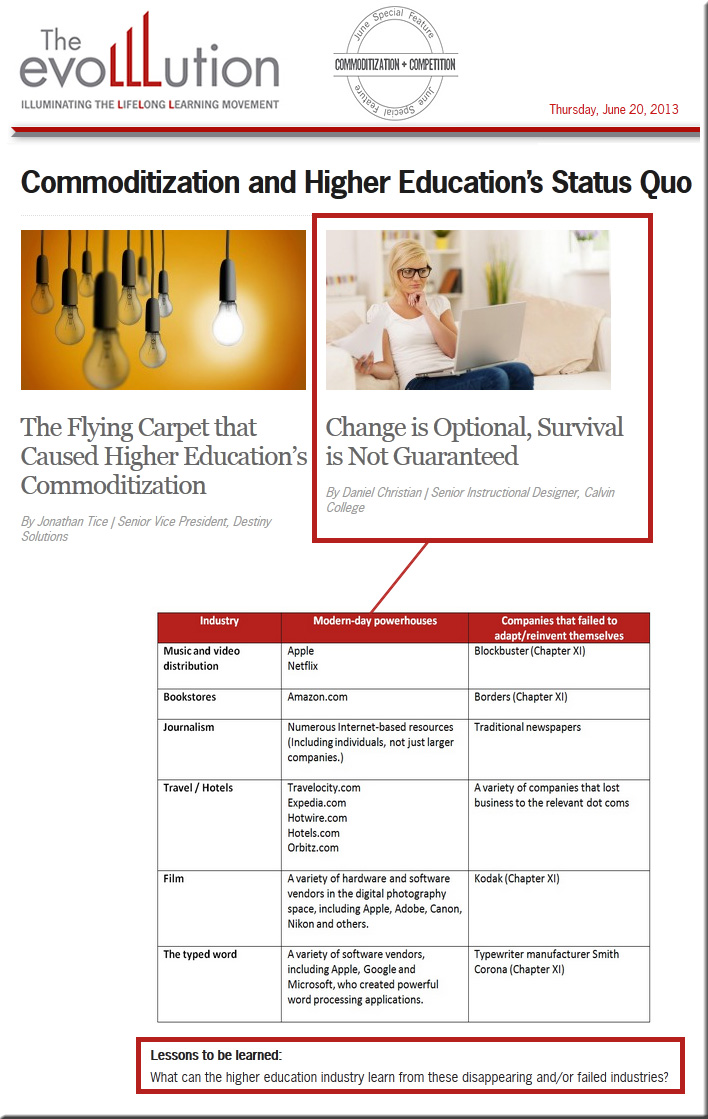
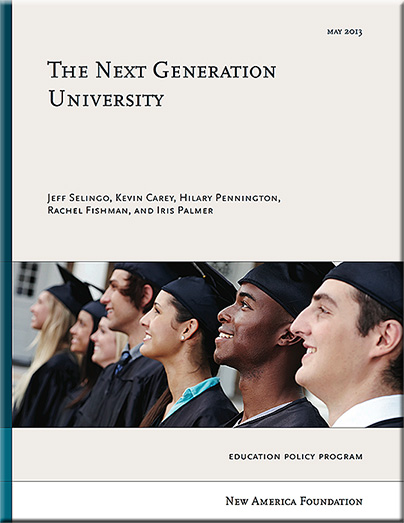
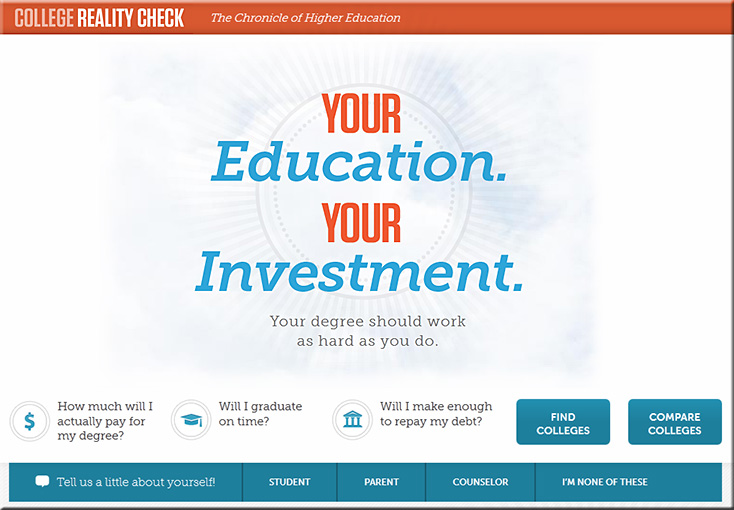
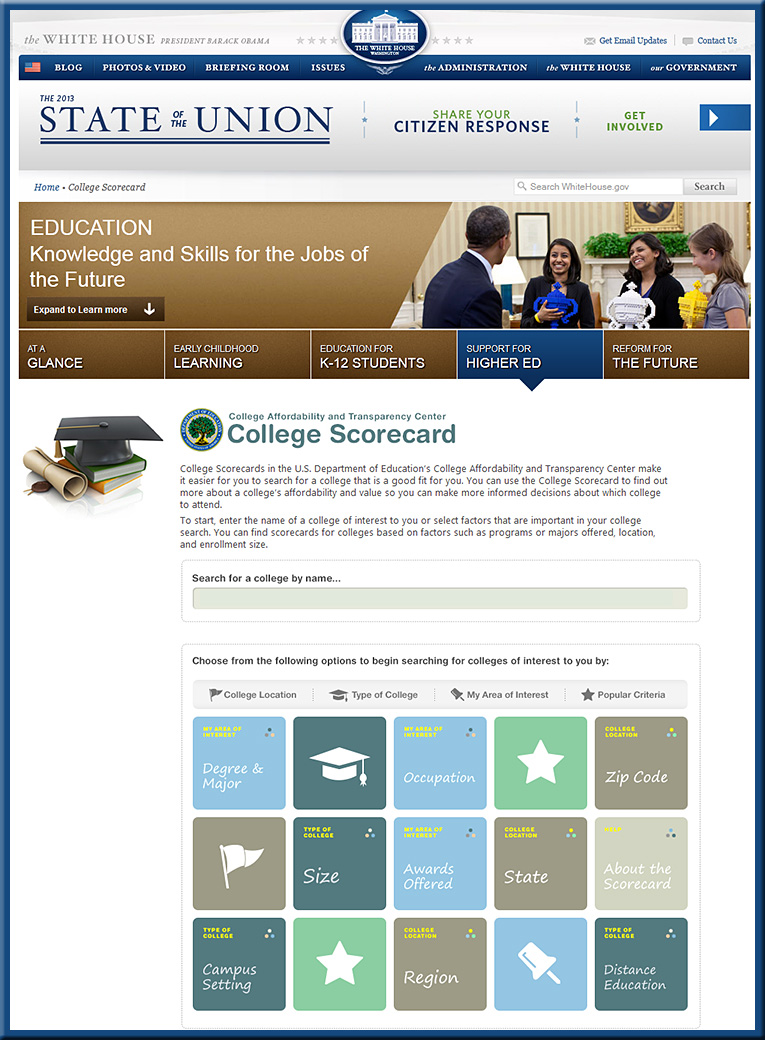
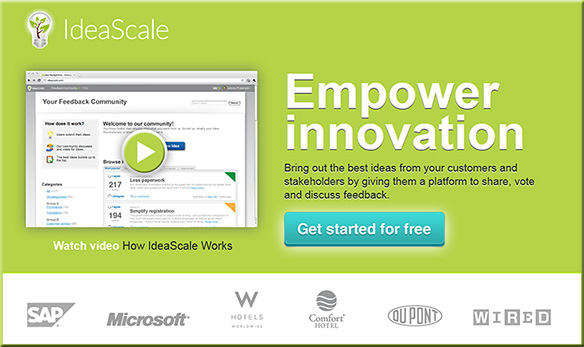
![Changing Course: Ten Years of Tracking Online Education in the United States [Babson Survey Research Group and the College Board]](http://danielschristian.com/learning-ecosystems/wp-content/uploads/2013/01/ChangingCourse-Babson2012Report.jpg)
